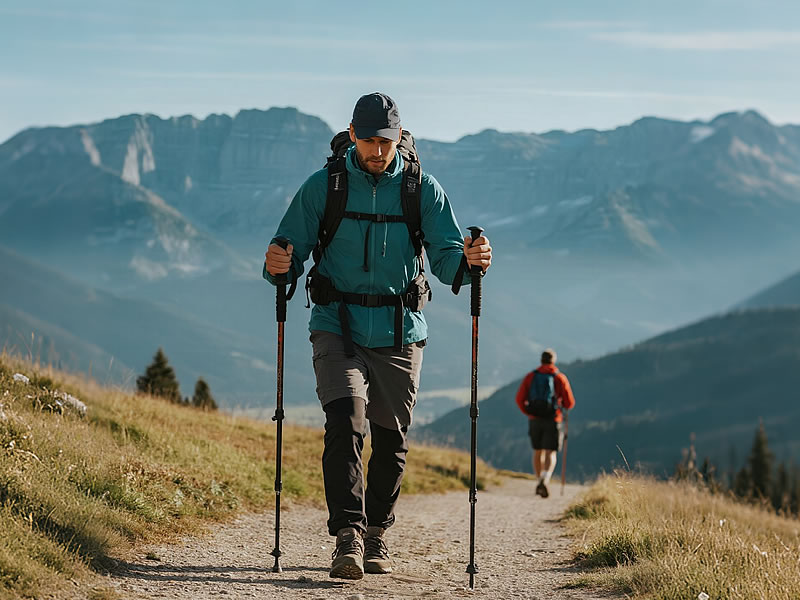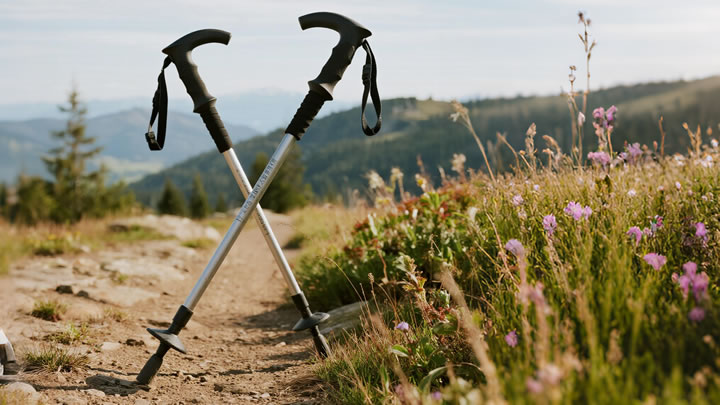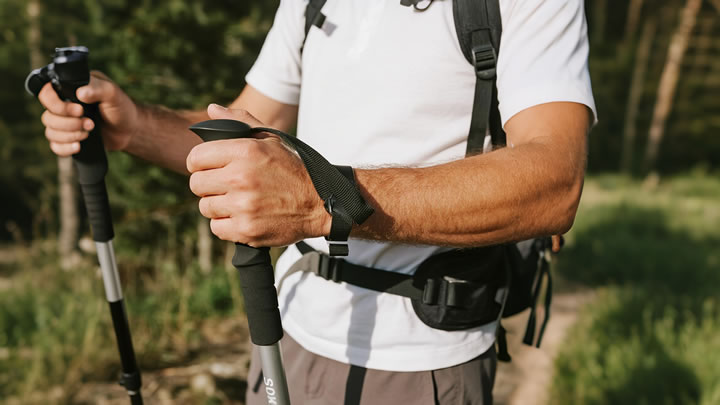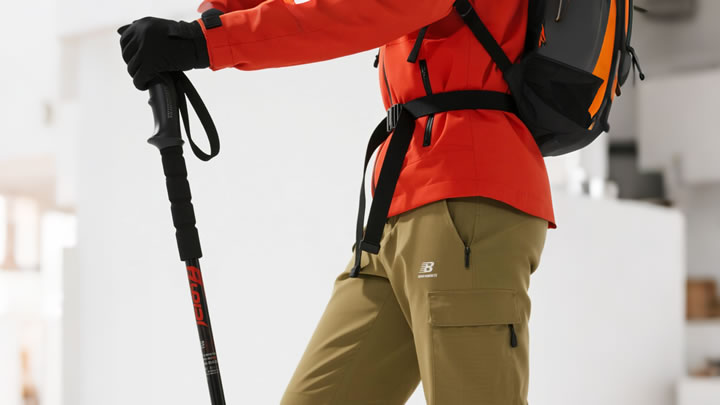Weight capacity of trekking poles: what to check?
Choosing trekking poles solely by weight or price risks catastrophic failure on trail. Understanding true load capacity requires evaluating 5 critical factors beyond basic specs. Here’s how to ensure your poles won’t buckle when you need them most:

⚠️ 1. Manufacturer’s Rated Limit: Your Baseline
- Non-negotiable starting point: Always check product documentation (e.g., "Max Load: 300 lbs").
- Reality check: This is a static lab test. Real-world forces (like stumbling downhill) multiply stress by 2–3×.
- Red flag: Brands omitting weight limits. Avoid them.
🔩 2. Material Matters: Aluminum vs. Carbon Fiber
| Material | Weight Capacity | Critical Weakness | Best For |
|---|---|---|---|
| Aluminum | 250–400+ lbs | Bent shafts under impact | Heavy loads, rough terrain |
| Carbon Fiber | 220–300 lbs | Shattering from side impacts | Lightweight precision |
- Pro Tip: Aluminum’s ductility makes it more impact-tolerant; carbon fails catastrophically if cracked.
⚡ 3. Dynamic vs. Static Loading: The Hidden Multiplier
Your actual force on poles isn’t just bodyweight:
- Downhill step: ~150% bodyweight load
- Trip recovery: 250%+ bodyweight spike
- Solution: Select poles rated for 2× your total load (body + pack). Example:*Hiker + gear = 220 lbs → Choose 400+ lb-rated poles*
🔒 4. Locking Mechanism Durability
Locks fail 4× more often than shafts (Appalachian Trail maintenance data):
- Lever locks: Handle high loads best; inspect hinge wear.
- Twist locks: Prone to slippage under heavy/angled loads.
- Stress test: Shake poles vigorously while extended – zero slippage allowed.
🎒 5. Real-World Variables: What Specs Ignore
- Pack weight distribution: Top-heavy loads increase pole stress.
- Terrain angle: Sidehill use twists shafts.
- Temperature: Carbon fiber weakens in extreme cold.
- Fatigue cycles: Aluminum develops microfractures after 500+ miles.
📊 Case Study: Failure Analysis
Scenario: 185-lb hiker (245 lbs with gear) uses 280-lb-rated carbon poles.
- Result: Pole snapped descending scree slope.
- Why:Actual force: 185 × 2.5 (dynamic multiplier) = 463 lbsSide impact against rock triggered carbon’s brittle failure.
✅ The 4-Point Safety Checklist
- Confirm manufacturer rating (≥ 2× your total load).
- Choose aluminum if over 200 lbs or hiking technical terrain.
- Test locks with downward slams before buying.
- Inspect poles monthly: Cracks near locks = retire immediately.
Expert Insight: "A pole rated for 300 lbs holds 300 lbs in perfect lab conditions – not when you’re exhausted on wet roots. Always derate by 40% for safety."– Sarah Jensen, Gear Lab Director, Backcountry Magazine
🔧 Maintenance = Capacity Preservation
- Sand/grit in locks: Reduces holding force by 60%. Clean monthly.
- Corrosion: Weakens aluminum. Dry poles after river crossings.
- Storage: Avoid prolonged UV exposure (degrades carbon resin).
The Bottom Line: Weight capacity isn’t a marketing number – it’s a complex equation of materials, mechanics, and real-world abuse. Prioritize aluminum for heavy loads, derate specs aggressively, and never ignore lock maintenance. Your poles are your first line of defense against falls; treat their limits with respect.






